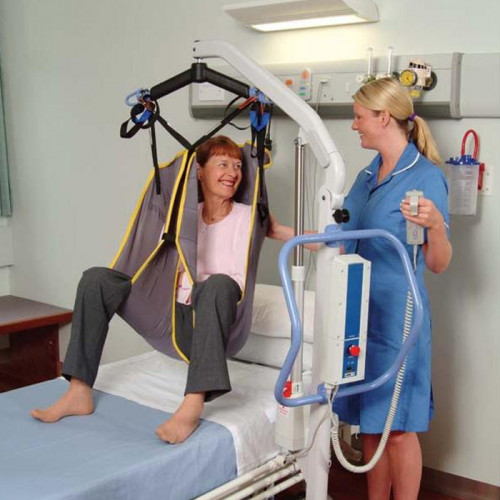
-
entries
0 -
comments
0 -
views
808
About this blog
The scientific development leads the medical development to build their own advance tools most especially equipment for hospitals and homecare. The development of these tools, guides both nurses and doctors to do the job, according to what is necessary.
Electric powered Hoyer lift as one of the advance tools in home care, used as a guidance equipment to transfer the patient or elderly people from one place to another. This is the reason why most of the patient achieves the comfort and proper care while transferring them. Manufacturer and hospitals guide the patient and nurses how to use the lift accordingly, which is the best way to protect both caregivers and the patient.
The advantages of having these machines satisfy the patient’s health without any worries. In old fashioned ways, patient transferred from one place to another assisted by three or more persons, though it also has the disadvantages to the capabilities of the patient.
Before using the advanced tools, as the electric powered Hoyer lift as one of them; check the patient’s conditions as one of the important remainders.

Check patient’s physical capabilities
It is important to check the patient’s condition before transferring him into another place. Physical capabilities and strength is a factor if the patient can carry himself towards the other place. Before using the machine, check the manufacturer’s instruction and see to it if how many caregivers may assist you.
Check the patient’s medical condition
Before transferring the patient, check the vital sign and the condition of the patient. Remember to correct the lift and parts of the sling while the patient is in condition. And most important, before using the lifts, double check if the patient can manage himself to use the sling.
Check the patient’s mental status
Ask the patient if using the lift is comfortable for him. You can also alert the patient if he is ready to use the lift. Always remember that you can always avoid using the lift if the patient is not in the condition or agitated.